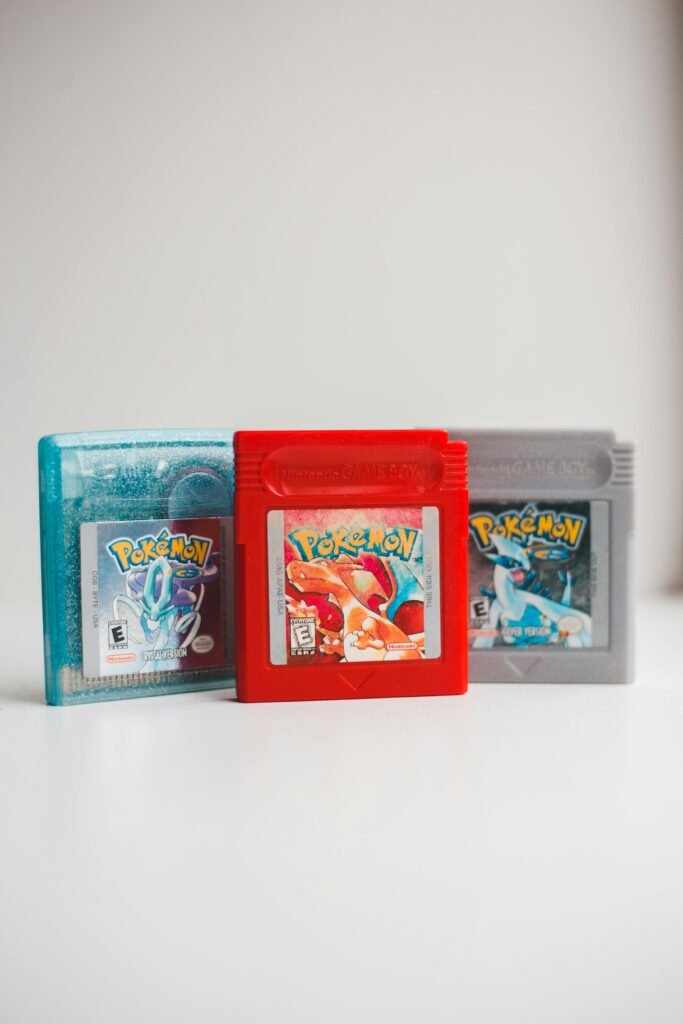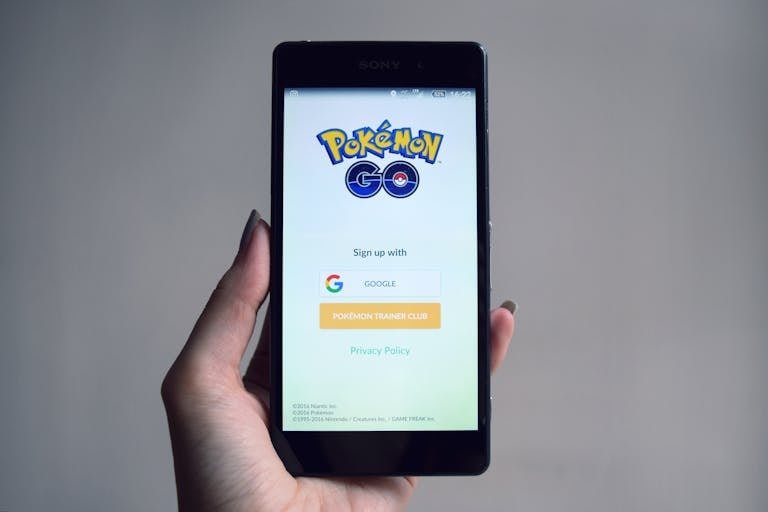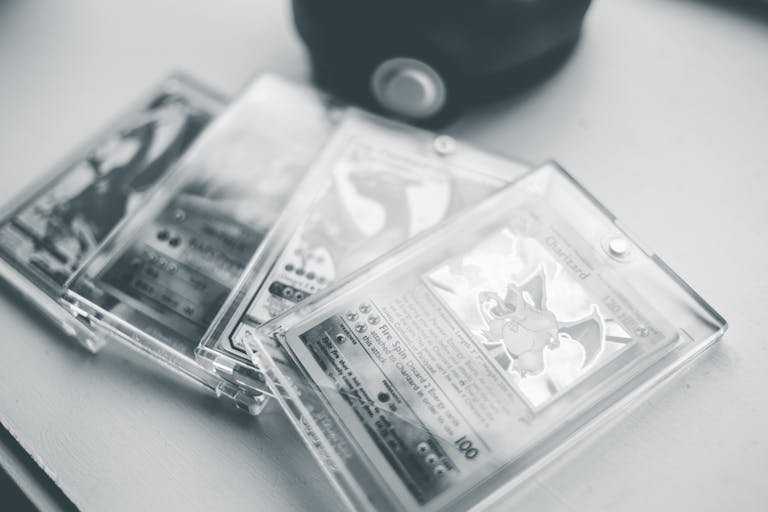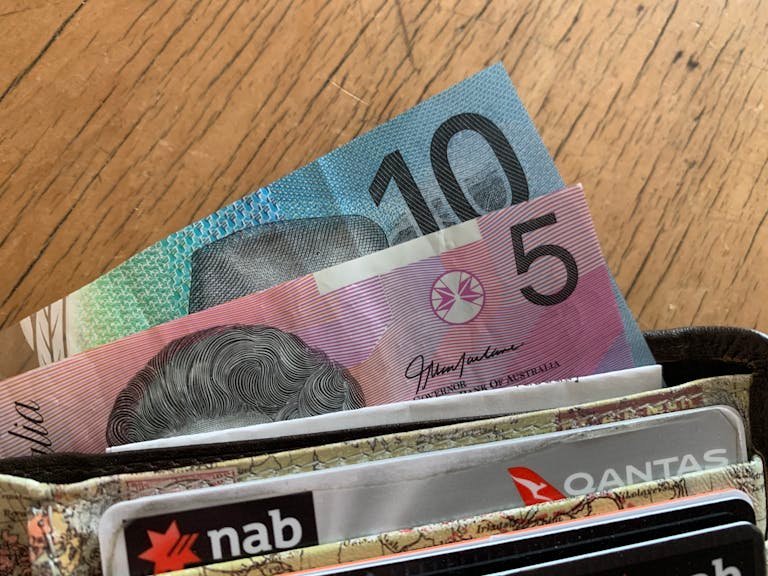Ship Your Pokémon Cards Safely: Ultimate Shipping Guide
Shipping Pokémon cards safely is crucial, especially when dealing with valuable or rare cards. The process might seem simple, but if done improperly, it could lead to damaged cards or lost packages. This guide will walk you through each step to Ship Your Pokémon Cards.
Materials Needed:
- Penny sleeves: Individual sleeves for each card.
- Top loaders: Hard plastic cases for each card.
- Bubble mailer or padded envelope: For shipping.
- Tape: To secure the top loaders.
- Shipping labels: From your preferred shipping carrier

Steps to Safely Ship Pokémon Cards
Step 1: Sleeve the Cards
The first step in shipping your Pokémon cards safely is to place each card into a penny sleeve. Here’s how to do it properly:
- How to Sleeve the Card: Insert the card into the sleeve carefully, ensuring the card slides in without catching or bending. Make sure the open end of the sleeve is facing up when inserting it into the top loader.
- Why This Matters: The penny sleeve protects the card from minor scratches, scuffs, or dust that could cause damage, particularly if it’s a high-value or rare card.
Step 2: Top Load the Cards
Once sleeved, each card should be placed inside a top loader. This adds extra protection by preventing the card from bending or getting squished during shipment.
- How to Use Top Loaders: Insert the sleeved card into the top loader, making sure the open end of the penny sleeve is facing up. This ensures that even if the card shifts inside the loader, it won’t get scratched.
- Importance of Top Loaders: Top loaders are strong and durable, ensuring that the card won’t bend or crease, which could severely affect the card’s condition and value.
Step 3: Secure the Top Loaders
To ensure the card doesn’t accidentally slip out during shipping, it’s essential to tape the top loader shut.
- How to Secure the Loader: Use a small piece of tape to seal the top of the top loader. Be cautious not to over-tape or make it difficult for the recipient to remove the card without damaging it.
- Why This Step is Critical: This extra measure ensures that the card stays firmly inside its loader and doesn’t shift around during transit.
Step 4: Choose Your Shipping Method
The size of your shipment will determine what kind of packaging you’ll use. For single or few cards, a bubble mailer or padded envelope is sufficient. If you’re shipping a larger quantity of cards, consider using a small cardboard box.
- Single Card or Small Quantity: A padded envelope or bubble mailer is perfect. Place the top-loaded cards inside the envelope, ensuring they’re cushioned.
- Multiple Cards: For larger shipments, a cardboard box is ideal. Line the inside of the box with bubble wrap or other cushioning materials to prevent any movement of the cards inside.
Step 5: Pack the Cards Securely
Whether you’re using a bubble mailer or a box, ensure the cards are packed snugly so they don’t shift or move during transit.
- How to Pack: Add cushioning material such as bubble wrap or tissue paper to fill any gaps inside the packaging. For multiple cards, stack them neatly in top loaders and wrap them in additional protection.
- Why It Matters: Securing the cards tightly prevents them from bouncing around during transport, which could lead to damage.
Step 6: Add Tracking to Your Shipment
Tracking provides peace of mind for both you and the recipient. It allows you to monitor the package’s progress and ensures that the package can be traced in case of any issues.
- How to Add Tracking: When purchasing postage from your preferred carrier, opt for a shipping service that includes tracking. Most major carriers, such as USPS, UPS, and FedEx, offer this feature.
- Why You Need Tracking: Tracking helps in locating a package if it gets delayed or lost. It also provides proof of shipment, which is especially helpful if you’re selling cards online.
Step 7: Affix the Shipping Label
After packaging the cards and securing them, the next step is to attach the shipping label. Ensure that the label is placed on a flat surface and securely attached to the package.
- How to Attach the Label: Use strong adhesive tape to cover the label, protecting it from moisture or damage. Be sure the label is legible and not folded or obscured in any way.
- Why It’s Important: A secure label ensures that your package reaches its destination. A damaged or improperly attached label could cause delays or misdeliveries.
Step 8: Drop Off the Package
Once your package is prepped and ready to go, take it to your preferred shipping carrier or schedule a pickup from your home.
- Choosing a Carrier: Depending on where you live, you might prefer USPS, UPS, FedEx, or another local carrier. Choose the one that offers the best rates and service for your area.
- Why This Final Step is Key: Taking the package directly to the post office or scheduling a reliable pickup ensures that your cards begin their journey to their destination without unnecessary delays.
Additional Tips for Shipping Pokémon Cards
Now that you know the basic steps for safely shipping Pokémon cards, let’s dive into some additional tips that can provide extra layers of security and peace of mind.
1. Consider Shipping Insurance
When shipping valuable cards, it’s always a good idea to consider insurance. Shipping carriers typically offer insurance for an extra fee, and this ensures that if your package gets lost, stolen, or damaged, you’ll be compensated for the value of the cards.
- Why It’s Worth It: If you’re sending high-value cards, the minimal cost of insurance could save you from significant financial loss in case anything goes wrong.
2. Use High-Quality Packaging Materials
While it might be tempting to cut corners and use cheaper packaging, investing in quality materials will ensure your cards arrive safely.
- Why Quality Matters: Sturdy, well-made packaging materials help prevent wear and tear during the shipping process. Low-quality packaging can rip, tear, or fall apart during transit, leaving your cards exposed to damage.
3. Seller Protection on Online Platforms
If you’re selling your cards online, familiarize yourself with the seller protection policies of the platform you’re using, whether it’s eBay, TCGPlayer, or another marketplace. This will help protect you in case of a dispute with the buyer.
- How to Benefit: Adhering to the platform’s shipping guidelines and using tracking or signature confirmation can protect you from fraudulent claims or disputes regarding the shipment.
4. Opt for Eco-Friendly Shipping Materials
In today’s world, many consumers appreciate environmentally conscious decisions. Opting for eco-friendly shipping materials when possible can help reduce your environmental impact.
- Why Go Green: Many companies offer sustainable packaging solutions, such as biodegradable bubble wrap or recyclable mailers. These materials not only protect your cards but also help you do your part in reducing waste.
Final Words
Shipping Pokémon cards safely is all about using the right materials and following a detailed process to ensure that the cards arrive in pristine condition. From penny sleeves and top loaders to bubble mailers and shipping insurance, each step plays a vital role in protecting your cards. By following this guide, you can confidently ship your Pokémon cards, knowing they’ll reach their destination safely and securely.






